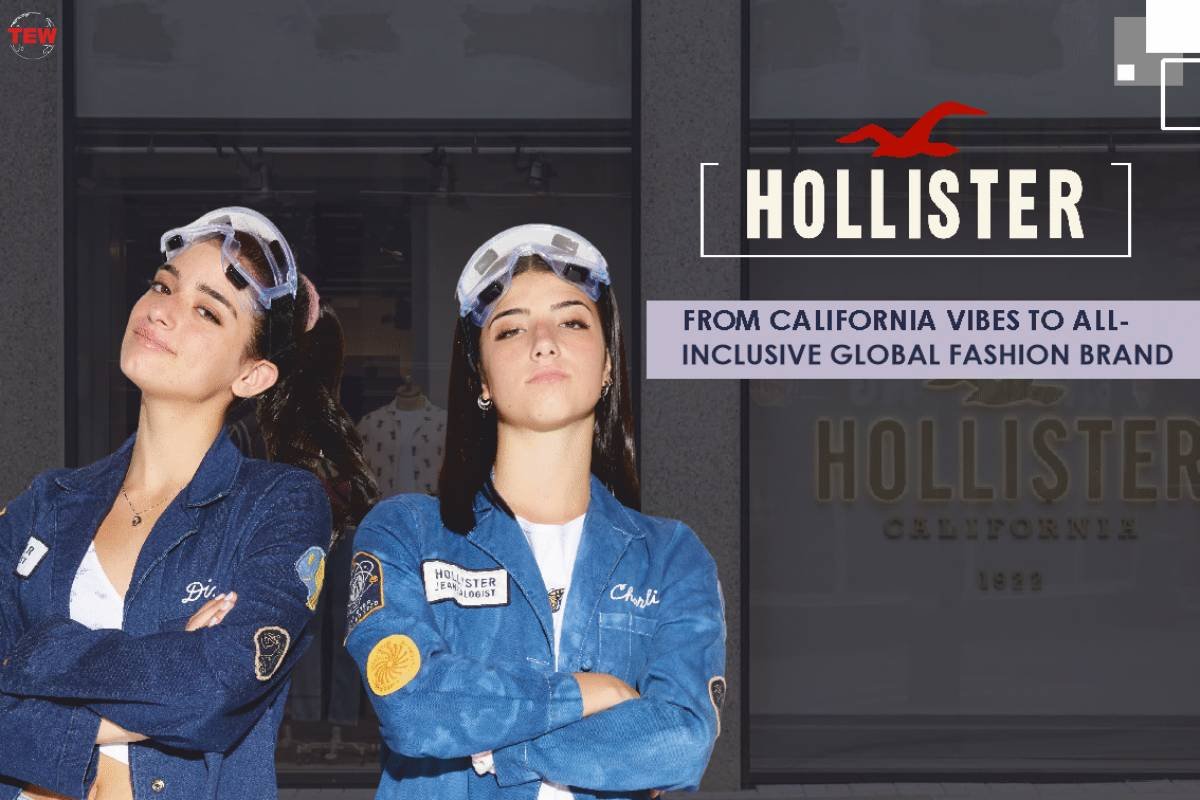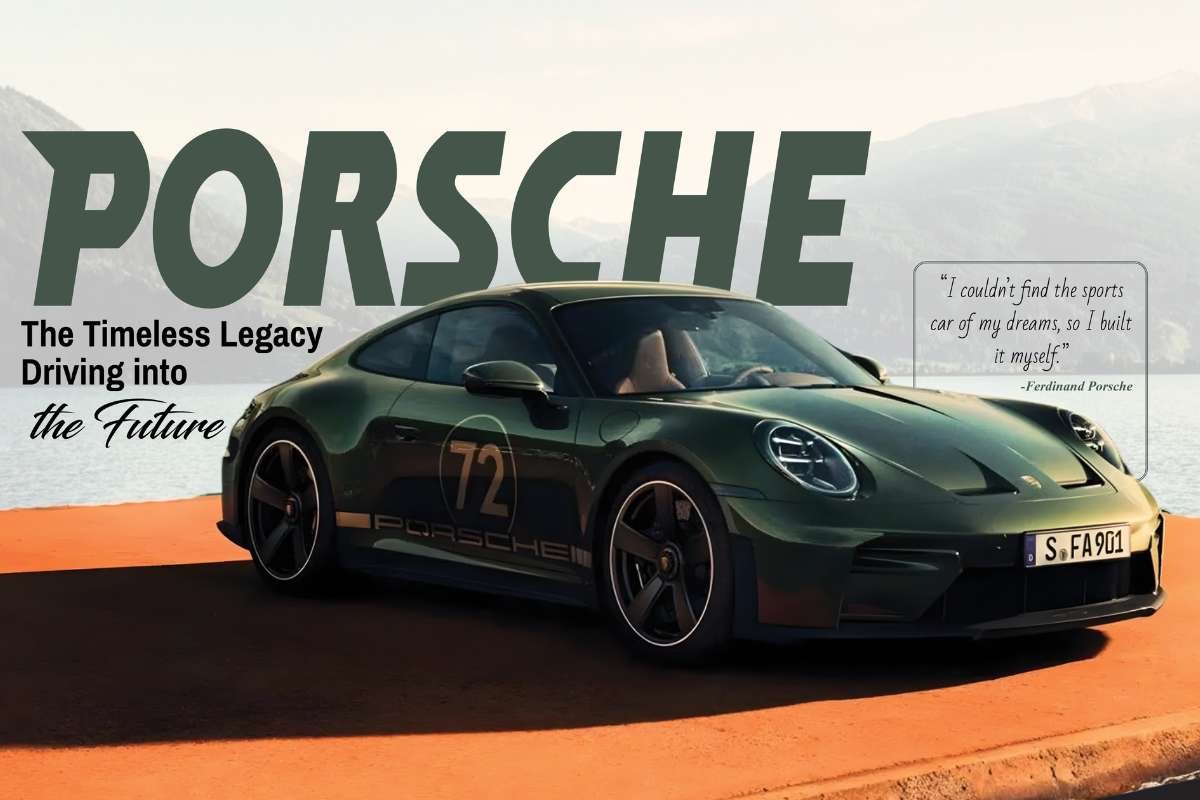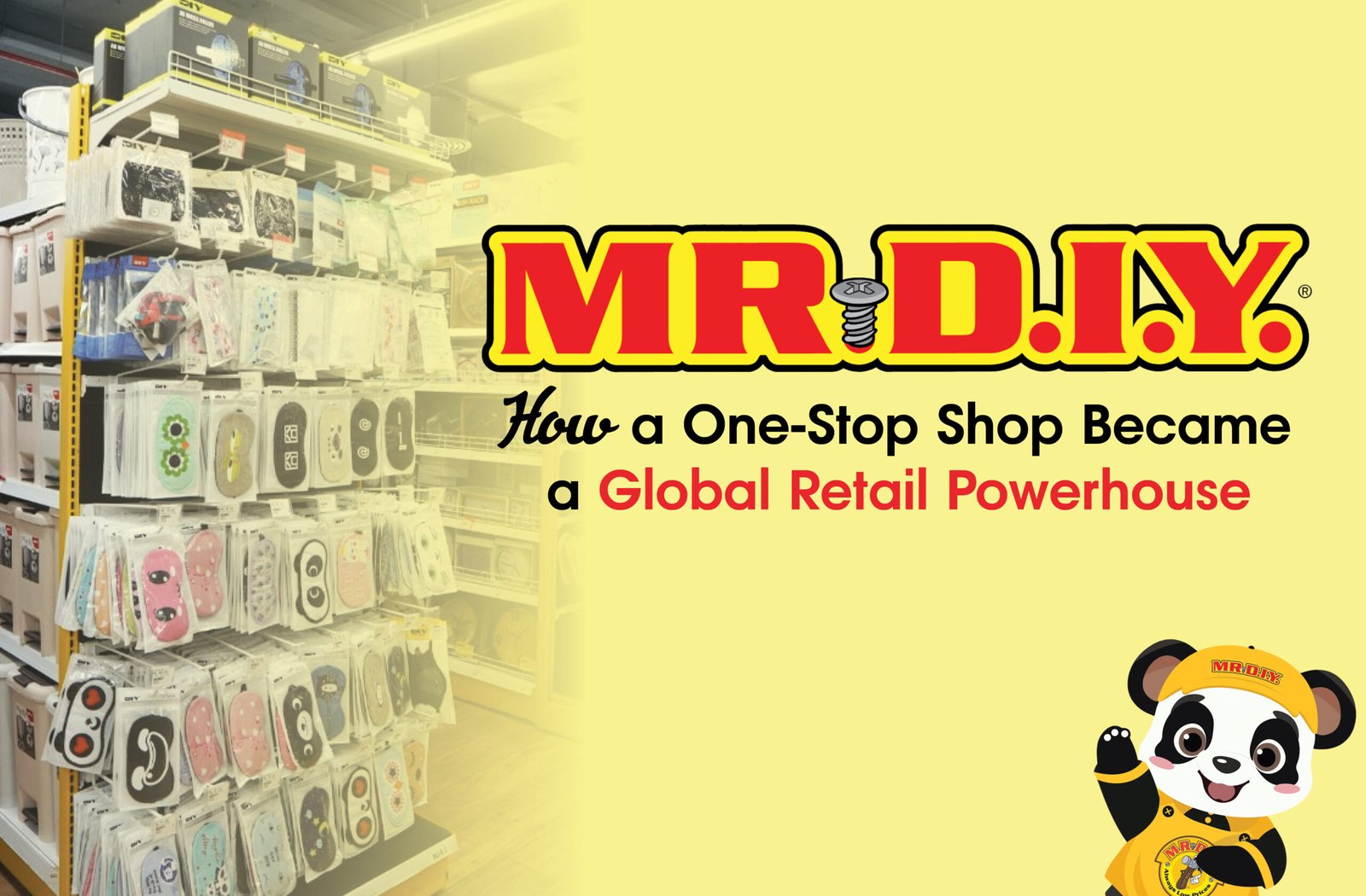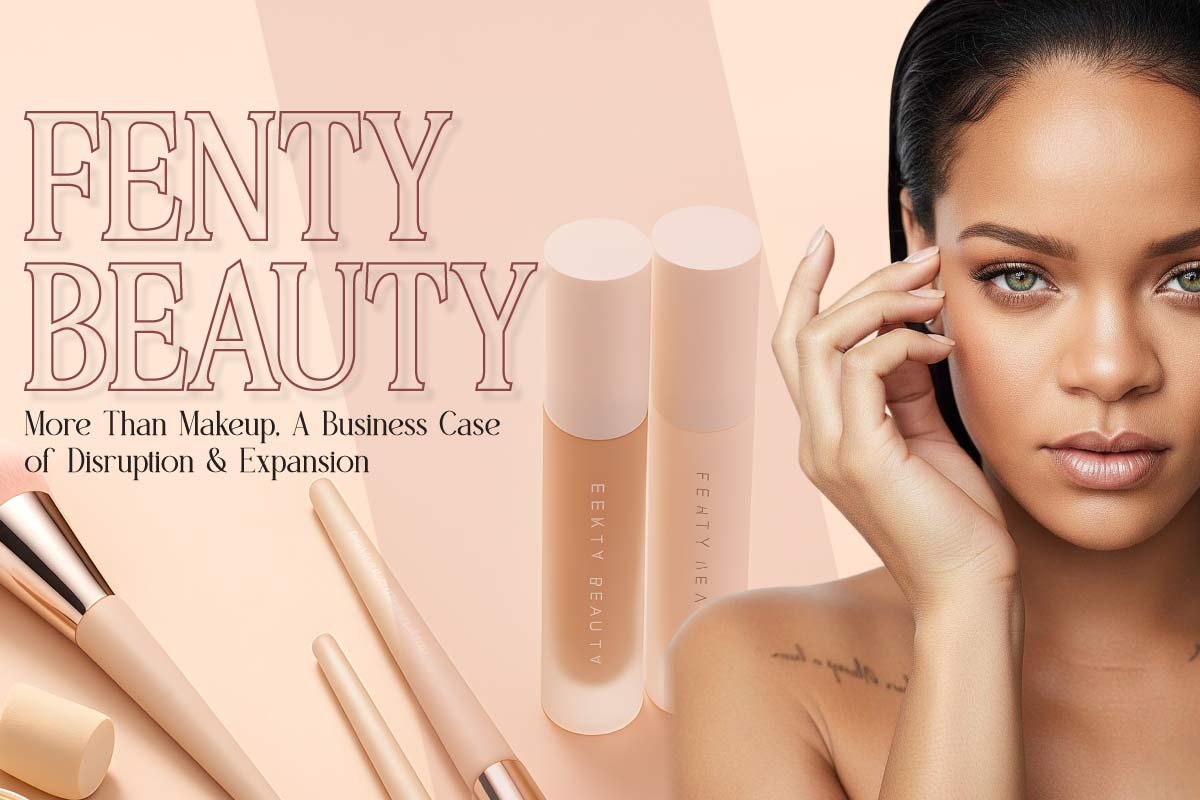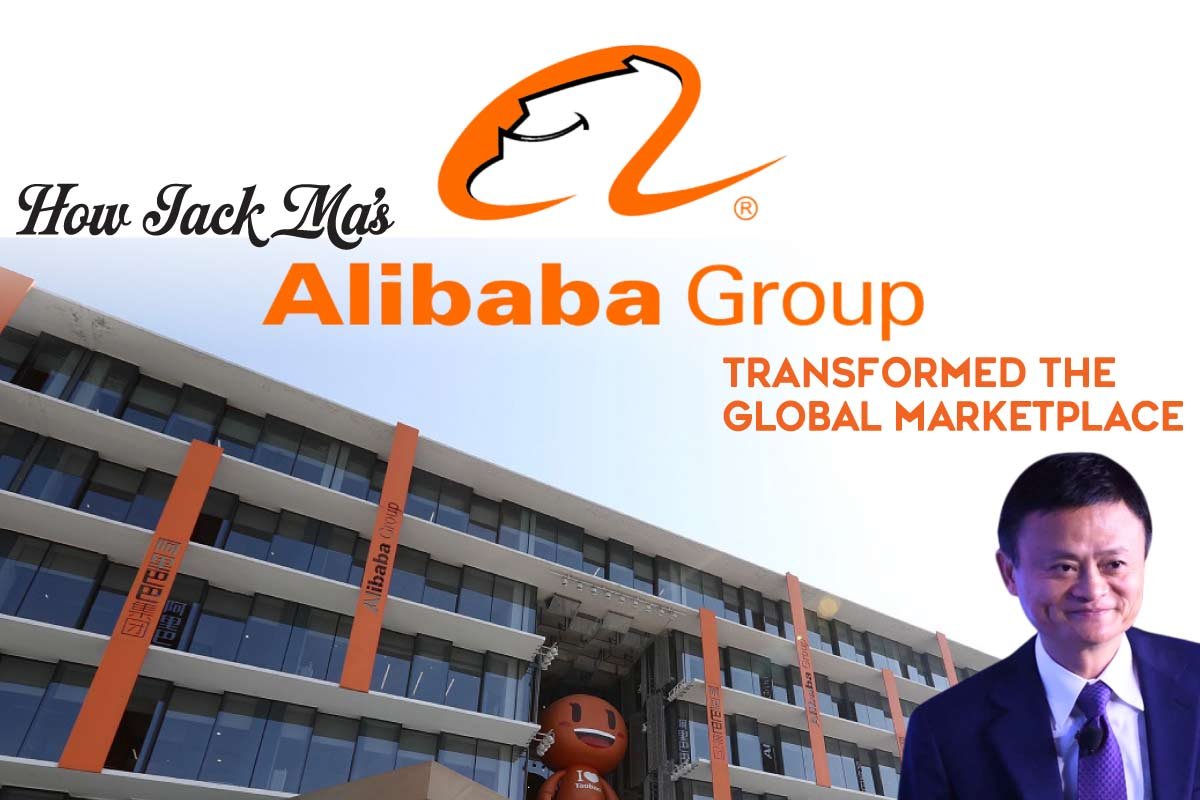Source-Reddit
Since sustainable and conscious fashion was introduced in the fashion industry, many brands have taken the initiative to develop conscious fashion lines. While we see a lot of brands complying with this, there have been brands that have been in controversy regarding their non-sustainable products. One of those brands has been Hollister, a fast fashion retail brand that is known for its California vibes. In this article, we will learn more about the retail brand, its history, global presence, and marketing strategies.
The Fictional Beginning

Hollister, often known as HCo. is a retail brand owned by Abercrombie & Fitch Co. It sells apparel, accessories, and fragrances. It opened its first store on July 27, 2000, at the Easton Town Center in Columbus, Ohio. Abercrombie & Fitch launched Hollister to target a younger demographic, specifically consumers aged 14-18, with its SoCal-inspired image and casual wear. Despite its target age group, the appeal of the brand extends beyond teenagers and has gained popularity among a wider audience.
Mike Jeffries, the former CEO of Abercrombie & Fitch, created a fictional background story to form the concept of Hollister and provide a unique atmosphere for its shoppers. According to the fictional story – J. M. Hollister founded the brand in 1922 as a Pacific merchant shop in Southern California. This fictional backstory was designed to attract consumers and create a lifestyle brand that consumers could engage with.
The brand quickly gained popularity and expanded its presence globally. By 2013, there were 587 stores worldwide, generating over two billion dollars in sales. The brand’s success can be attributed to Abercrombie & Fitch’s effective brand penetration strategies.
Is Hollister Sustainable & Ethical?

Hollister has been in question about its ethical practices because of its fabric choices. It uses fabrics like mixed polyester, wool, down, leather, and other animal-based materials. It has received a rating of ‘not good enough’ in terms of sustainability on ‘Good On You’, a platform that evaluates brands based on their sustainability practices.
On its website, the brand has mentioned that it practices sustainability, but there is no evidence that it is taking meaningful action. Neither to reduce or eliminate hazardous chemicals in its manufacturing processes nor to protect biodiversity in its supply chain. It received a low rating from experts for its lack of supply chain transparency and use of sustainable materials. People have criticized the brand for not being transparent about working conditions in its supply chain.
It falls short when it comes to taking care of its workers. None of its supply chain is certified to ensure worker health, safety, and labor rights. According to the 2023 Fashion Transparency Index, Hollister received a score of 31-40%, which is a slight improvement from before, but there’s still a long way to go. There’s no proof that the brand promotes diversity and inclusion in its supply chain. It also uses few lower-impact materials, and while it aims to source 25% of its cotton sustainably by 2025, this is still a small percentage of its overall cotton usage. Despite this, the brand has shown intentions of introducing more sustainable materials.
Challenges Faced by Hollister

Hollister has faced several challenges, be it legal issues or controversies. Here are some challenges the brand went through.
1. The Trademark Battle
An article from the Los Angeles Times in April 2009 mentioned that Abercrombie & Fitch issued threats to the people of Hollister, California, who wanted to use the name “Hollister” on their clothing. It also shared a story from 2006 when Stacey Crummett, the CEO of Rag City Blues, added the word “Hollister” to the label of her vintage blue jeans. When Crummett applied to register this trademark, Abercrombie & Fitch’s lawyers sent her a letter claiming she was infringing on their trademark and threatened to sue her. As a result, Crummett withdrew her application.
2. Morris vs. Abercrombie & Fitch Co.
In 2007, there was a lawsuit called Morris vs. Abercrombie & Fitch Co., and it was eventually settled. Abercrombie & Fitch Co. admitted that they made a mistake by asking their customers in California for personal identification information when they were getting refunds using their credit cards. Customers who were asked for this information between June 9, 2005, and May 31, 2007, were eligible to receive gift cards as compensation. Since the settlement, Abercrombie & Fitch Co. stores have stopped asking for this information when customers return items they bought with a credit card.
3. Wheelchair Accessibility
In August 2011, a judge named Wiley Daniel ruled that two Hollister stores in Colorado were not following the Americans with Disabilities Act (ADA). This was because the stores had entrances with steps, making it difficult for customers in wheelchairs to enter. Instead, they had to use automatic side doors. The case expanded into a nationwide class-action lawsuit in 2012. In March 2013, Judge Daniel ruled in favor of the people who filed the lawsuit.
He found that out of 483 stores across the country, 248 of them had entrances that violated the ADA. It came to light that all of these stores were built after the ADA was established. In August 2013, a judge in Colorado ruled that Hollister Co. and its parent company, Abercrombie & Fitch, had to redesign 248 stores with the “porch entrance” to make them wheelchair accessible.
4. Religious Discrimination Claims
A&F faced charges of discrimination against an employee at a Hollister Co. store in California. The employee claimed that they were criticized for wearing a hijab while working there. The employee had worn the hijab during the interview and was hired that way. During the conversation, the interviewer mentioned that the hijab could only be worn in certain colors, like gray, navy, and white. However, a District Manager later told the employee to remove the hijab while working.
On February 23, the Council on American-Islamic Relations filed a complaint against Abercrombie & Fitch with the federal Equal Employment Opportunity Commission. This was not the first time A&F faced such a complaint. They had received a similar complaint in September 2009, involving a similar circumstance in Oklahoma.
Marketing Strategies For Success
Hollister is known for its laid-back, California-inspired style and strong marketing strategies that helped it reach success. Here are a few strategies it incorporated to make a global name.
1. Focused Target Audience Reach
The target audience of Hollister primarily consists of teenagers and young adults who are interested in surfing, skateboarding, and other outdoor activities. Its fashion line appeals to the target customer’s love for casual, comfortable, and functional attire. To effectively reach and connect with its intended audience, the brand uses different marketing strategies.
It partners with popular social media influencers and supports events and activities that match their brand image. This creates excitement around the brand and gives valuable insights into what customers like. Recently, the brand made changes to become more inclusive. They introduced a plus-size range and expanded their size options for both men and women.
2. Social Media Marketing
Hollister uses social media a lot to engage with its customers. They have accounts on Instagram, Facebook, Snapchat, Twitter, TikTok, LinkedIn, and Glassdoor to reach a wide range of people. It posts short videos every day to keep up with the latest trends on social media and has real-time conversations with its followers. This helps the brand connect with different types of people who have different interests.
One important part of its social media strategy is working with influencers. They form long-term partnerships with popular content creators like the D’Amelio sisters on TikTok. This helps increase the brand’s visibility and build trust, especially among high school students who are the main target audience for Hollister.
3. Experimental Marketing
The brand believes in creating memorable and engaging experiences for its audience through experiential marketing. Its main aim is to transport customers into the California lifestyle, giving them a taste of the West Coast. Its stores are designed to resemble cozy beach houses, complete with wooden boardwalks, beach-themed decorations, and even lifeguard stands. The brand also organizes in-store events like concerts, movie nights, and surfboard demonstrations.
To enhance the shopping experience, it has also introduced augmented reality (AR) features. This allows customers to virtually try clothes on and see how they would look in different settings. They have also implemented interactive fitting rooms, where customers can request different sizes and colors of clothes without leaving the dressing room.
4. Retail Partnerships
Hollister has formed a significant partnership with Gilly Hicks, a subsidiary of Abercrombie & Fitch. This collaboration allows the brand to offer a wider range of products and reach a larger audience by sharing a brand identity. To maintain a strong connection with its target audience, it has established the ‘Hollister Creator Collective’. This collective consists of many mid-sized influencers who collaborate with the brand throughout the year. By working with a diverse group of influencers, it ensures a consistent presence and connection with its audience.
5. Latest Sales Revenue
In 2023, Hollister made a net sale of over two billion U.S. dollars. After its rebranding and a TikTok campaign, it has seen a growth in its in-store traffic and revenue. In February and March, its engagement rates were more than 136% higher compared to the summer of 2022, reaching all-time highs. In the fourth quarter of last year, its sales grew by 9%, reaching $698 million. This marks the third consecutive quarter of growth for the brand and shows that they are successfully reconnecting with their teenage customers.

